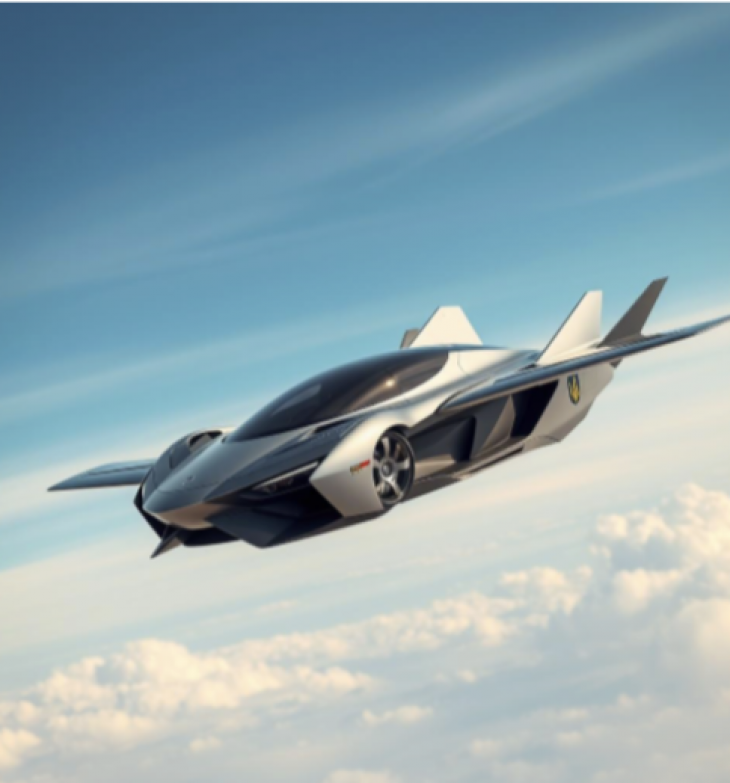
The Caribbean has long been a symbol of sun, sea, and serenity — a paradise scattered across shimmering turquoise waters. But as technology takes flight (literally), the region may soon add another dimension to its charm: flying cars.
Once a fantasy from science fiction, flying cars are now edging closer to reality. And for the Caribbean, a place defined by scattered islands and short inter-island distances, this futuristic innovation could be nothing short of revolutionary.
The Rise of Flying Cars

Flying cars or electric vertical takeoff and landing (eVTOL) vehicles — are compact aircraft designed to operate like a car on the road and a helicopter in the air. These machines promise to cut down travel time, ease congestion, and offer a more sustainable form of air transport.
Companies like Joby Aviation, Archer Aviation, and Lilium are already developing prototypes, and countries worldwide are exploring their commercial potential. So, how could these airborne marvels change life in the Caribbean?A Perfect Fit for Island Life1. Seamless Inter-Island Travel
With over 700 islands and islets, the Caribbean’s geography is tailor-made for flying cars. Hopping from St. Thomas to Tortola or Barbados to St. Lucia could take minutes instead of hours. No more ferry delays or multiple flight connections — just smooth, direct travel across paradise.2. A Boost for Tourism
Tourists could enjoy aerial views of the islands as they zip from one white-sand beach to another. Resorts might even offer flying car tours as part of the experience. Imagine arriving at your private villa in a sleek, silent aircraft — now that’s luxury.
3. Faster Emergency Response
Remote islands often face delays in medical transport or disaster response. Flying cars could serve as airborne ambulances or rapid supply carriers, reaching areas that boats or traditional aircraft struggle to access quickly.
4. Reduced Infrastructure Strain
Unlike airports or long bridges, flying cars require minimal infrastructure. Vertiports small takeoff and landing hubs can be built near resorts, towns, or even marinas. This reduces the need for expensive road expansions or ferry terminals.

Environmental Promise
Many flying car models are fully electric, making them a cleaner option compared to ferries or airplanes. With the Caribbean committed to sustainable tourism and environmental protection, these zero-emission vehicles align with regional goals to cut carbon footprints.
Challenges to Consider
• Cost & Accessibility: Flying cars are still expensive, and it may take time before they’re affordable for the general public.
• Regulations: Air traffic laws will need to adapt to a new kind of transport.
• Safety: Like all new tech, safety must be tested and proven before widespread adoption.
Still, the promise outweighs the challenges — and with planning, the Caribbean could become a global model for flying car integration.
The Future is Bright — And Airborne
From stunning aerial commutes to emergency relief and eco-friendly exploration, flying cars could transform the Caribbean in thrilling ways. With its island-to-island layout, scenic landscapes, and forward-thinking tourism sector, the region is poised to soar into the next generation of travel.
So, keep your eyes on the sky the future of Caribbean travel might just hover above the horizon.




